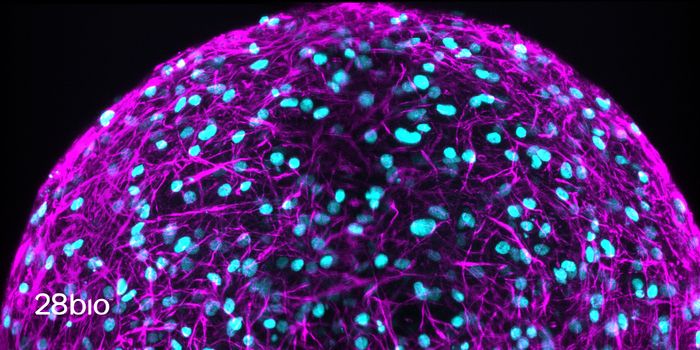Insect Venom Can Someday Combat Antibiotic-Resistant Infections

Insect venom, such as those secreted by wasps and bees, are considered an insect’s immune system defense because of its richness in bacterial killing compounds. These compounds have long inspired researchers to use them as an adaptive approach for deriving certain microbial peptides to create new drugs especially in the fight against antibiotic-resistant bacteria. However, it was no surprise to scientists when such venom was found to be toxic to humans—making it challenging for antibiotic drug development.
Fortunately, a recent study published in Nature Communications Biology, covers a systematic analysis on the antimicrobial peptides of a toxin secreted by a South American wasp known as Polybia paulista. The study revealed that variants of a certain peptide in that toxin are potent against bacteria but pose no toxic elements to human cells.
Learn more about how other research is combating antibiotic-resistant infections by turning insect venom into medicine:
Particularly, the MIT study was performed on mice where the best variant peptide was found to eliminate a strain of the bacterium, Pseudomonas aeruginosa, which is resistant to many antibiotics and the origin of many respiratory and urinary tract infections. The infection in mice was greatly reduced and eliminated when the peptide was administered at high doses.
“MIT engineers have developed new antimicrobial peptides based on a naturally occurring peptide produced by a South American wasp.”-MIT News
Image: Wikimedia, Charles J. Sharp via MIT
"After four days, that compound can completely clear the infection, and that was quite surprising and exciting because we don't typically see that with other experimental antimicrobials or other antibiotics that we've tested in the past with this particular mouse model," de la Fuente-Nunez says.
The venom-derived antimicrobial peptide is believed to eliminate bacteria by disrupting its cellular membrane.
"We've repurposed a toxic molecule into one that is a viable molecule to treat infections," explains MIT postdoctoral scientists and senior author of the study, Cesar de la Fuente-Nunez. "By systematically analyzing the structure and function of these peptides, we've been able to tune their properties and activity."
The isolated peptide contained only 12 amino acids making it feasible to alter it in order to increase the potent efficacy against eradicating bacteria but not harmful to human cells. To test for toxicity, the isolated peptide was exposed to cultured human embryonic kidney cells.
"It's a small enough peptide that you can try to mutate as many amino acid residues as possible to try to figure out how each building block is contributing to antimicrobial activity and toxicity," de la Fuente-Nunez says.
The authors of the study are hopeful that additional variants currently being created will be able to eradicate infections at lower doses. "I do think some of the principles that we've learned here can be applicable to other similar peptides that are derived from nature," says de la Fuente-Nunez. "Things like helicity and hydrophobicity are very important for a lot of these molecules, and some of the rules that we've learned here can definitely be extrapolated."
Source: MIT









